Tooth Hurts When Eating Sweets But no Cavity

Tooth sensitivity can be a frustrating and painful experience, especially when it occurs after consuming sweets. While cavities are often the first thing that comes to mind, there are several other possible causes for this discomfort. Understanding these causes and knowing when to seek professional help can help alleviate the pain and maintain oral health.
Key Takeaways
- Tooth sensitivity to sweets can be caused by enamel erosion, gum recession, or a cracked tooth.
- Factors such as dental fillings, teeth grinding, and consuming acidic foods and drinks can also contribute to tooth sensitivity.
- Home remedies for tooth sensitivity include using desensitizing toothpaste, using a fluoride rinse, and avoiding trigger foods.
- If tooth sensitivity persists, or is accompanied by bleeding gums or loose teeth, it is important to seek professional dental help.
- Maintaining good oral hygiene and regular dental check-ups can help prevent and manage tooth sensitivity.
Possible Causes of Tooth Sensitivity
Enamel Erosion
Tooth sensitivity is a common issue that many people face, especially when eating sweets. While it may not always be due to a cavity, enamel erosion can be a possible cause. Enamel erosion occurs when the protective layer of the tooth gets worn down, exposing the sensitive dentin underneath. This can happen due to various factors such as acidic foods and drinks or teeth grinding. It is important to address tooth sensitivity early on to prevent further damage. Preventive dentistry techniques, such as using desensitizing toothpaste or a fluoride rinse, can help alleviate the discomfort. If you experience persistent tooth sensitivity, it is recommended to seek professional help from a dentist, like Dr. Michael Chan Dental, who can evaluate the condition and provide appropriate treatment options.
| Possible Causes of Tooth Sensitivity |
|---|
| Enamel Erosion |
| Gum Recession |
| Cracked Tooth |
Gum Recession
Gum recession is another possible cause of tooth sensitivity. When the gum tissue pulls back from the tooth, the root becomes exposed and more susceptible to sensitivity. Preventive dentistry plays a crucial role in addressing this issue. Regular visits to Dr. Michael Chan Dental can help identify and treat gum recession early on. Maintaining good oral hygiene and using a soft-bristled toothbrush can also help prevent further gum recession. If you notice your gums receding, it is important to seek professional help to prevent complications. Remember, taking care of your gums is just as important as taking care of your teeth.
Cracked Tooth
A cracked tooth can also cause tooth sensitivity. When a tooth is cracked, it can expose the sensitive inner layers of the tooth, leading to tooth sensitivity. Cracks in teeth can occur due to various reasons, such as biting down on hard objects or trauma to the mouth. Preventive dentistry is essential in maintaining healthy teeth and preventing issues like cracked teeth. If you are experiencing tooth sensitivity due to a cracked tooth, it is important to seek professional help from a dentist, such as
Dr. Michael Chan Dental. They can assess the extent of the crack and recommend appropriate treatment options. In some cases, a dental crown may be necessary to protect the cracked tooth from further damage. It is important to address a cracked tooth promptly to prevent complications and alleviate tooth sensitivity.
| Causes of Cracked Tooth |
|---|
| Biting down on hard objects |
| Trauma to the mouth |
| Chewing on ice or hard candies |
Ignoring a cracked tooth can lead to further damage and increased tooth sensitivity. It is crucial to seek professional dental care and address the issue promptly to maintain oral health.
Other Factors Affecting Tooth Sensitivity
Dental Fillings
Tooth sensitivity can also be caused by dental fillings. When a tooth is filled, it can become more sensitive to temperature changes and sweet foods. This is because the filling material may not provide the same insulation as natural tooth enamel. Preventive dentistry techniques, such as using composite fillings or applying a protective coating, can help reduce tooth sensitivity after dental fillings. If you are experiencing tooth sensitivity after getting a filling, it is important to consult with a dental professional, such as Dr. Michael Chan Dental, who can assess the situation and recommend appropriate treatment options.
| Dental Fillings | Tooth Sensitivity |
|---|---|
| Composite fillings | Can cause tooth sensitivity |
| Protective coating | Helps reduce sensitivity |
Dental fillings can contribute to tooth sensitivity, but with the right preventive measures and professional guidance, you can manage and alleviate the discomfort associated with it.
Teeth Grinding
Teeth grinding, also known as bruxism, can contribute to tooth sensitivity. When you grind your teeth, it can wear down the enamel and expose the dentin, which is the sensitive layer underneath. This can result in tooth sensitivity, especially when consuming sweets. Tooth sensitivity can be a sign of underlying dental issues and should not be ignored. To prevent further damage and alleviate tooth sensitivity, it is important to seek preventive dentistry care from a professional dentist like Dr. Michael Chan Dental. They can provide solutions such as custom mouthguards to protect your teeth from grinding. Additionally, practicing stress-reducing techniques and avoiding foods that trigger teeth grinding can also help. If you are experiencing tooth sensitivity, it is recommended to consult with a dentist for proper diagnosis and treatment options.
| Preventive Dentistry Tips |
|---|
| Use a soft-bristled toothbrush and gentle brushing technique. |
| Avoid excessive consumption of acidic foods and drinks. |
| Maintain good oral hygiene by brushing twice a day and flossing daily. |
| Visit your dentist regularly for check-ups and professional cleanings. |
Remember, early intervention and proper dental care can help alleviate tooth sensitivity and maintain your oral health.
Acidic Foods and Drinks
Tooth sensitivity can also be caused by consuming acidic foods and drinks. These substances can erode the tooth enamel, exposing the sensitive dentin underneath. Preventive dentistry is important in managing tooth sensitivity. Dr. Michael Chan Dental recommends avoiding or limiting the consumption of acidic foods and drinks to help alleviate tooth sensitivity. It is also advisable to rinse the mouth with water after consuming these substances to neutralize the acidity. Additionally, using a desensitizing toothpaste and a fluoride rinse can help strengthen the tooth enamel and reduce sensitivity. If tooth sensitivity persists, it is recommended to seek professional help from a dentist.
Home Remedies for Tooth Sensitivity
Desensitizing Toothpaste
Tooth sensitivity is a common issue that many people experience, especially when eating sweets. If you're dealing with tooth sensitivity but don't have a cavity, there are several possible causes to consider. Enamel erosion, gum recession, and a cracked tooth are some of the factors that can lead to tooth sensitivity. Other factors that can affect tooth sensitivity include dental fillings, teeth grinding, and consuming acidic foods and drinks. Preventive dentistry is crucial in addressing and managing tooth sensitivity. One effective way to alleviate tooth sensitivity is by using desensitizing toothpaste. These toothpastes contain special ingredients that help block the sensations of pain and discomfort. Dr. Michael Chan Dental recommends using desensitizing toothpaste as part of your oral hygiene routine to reduce tooth sensitivity. Additionally, it is important to avoid trigger foods and drinks that can worsen tooth sensitivity. Remember, if your tooth sensitivity persists or you experience bleeding gums or loose teeth, it is essential to seek professional help from a dentist. Taking care of your dental health is vital for overall well-being.
Fluoride Rinse
Using a fluoride rinse is another effective way to reduce tooth sensitivity. Fluoride helps to strengthen the enamel and protect the teeth from decay. It works by remineralizing the tooth surface and reducing sensitivity. Preventive dentistry emphasizes the importance of using fluoride products to maintain good oral health. Dr. Michael Chan Dental recommends incorporating a fluoride rinse into your daily oral hygiene routine to help alleviate tooth sensitivity. It is important to follow the instructions provided by the manufacturer and consult with your dentist for further guidance. In addition to using a fluoride rinse, it is also important to practice good oral hygiene, avoid trigger foods, and visit your dentist regularly for check-ups and cleanings. Remember, taking care of your teeth is essential for a healthy smile!
Avoiding Trigger Foods
Tooth sensitivity can be managed by avoiding certain trigger foods. These include sugary and acidic foods and drinks, such as candies, sodas, and citrus fruits. Consuming these items can exacerbate tooth sensitivity and lead to discomfort when eating sweets. It is important to practice good preventive dentistry by maintaining a healthy diet and avoiding foods that can harm the teeth. Dr. Michael Chan Dental recommends patients with tooth sensitivity to limit their intake of trigger foods and opt for healthier alternatives. In addition, using desensitizing toothpaste and fluoride rinse can provide relief. It is always best to consult a dental professional for personalized advice and treatment options. Remember, taking care of your oral health is essential for a pain-free smile.
When to Seek Professional Help
Persistent Pain
If you are experiencing persistent pain in your tooth, it may be a sign of tooth sensitivity. Tooth sensitivity can be caused by various factors, such as enamel erosion, gum recession, or a cracked tooth. It is important to address this issue promptly to prevent further damage to your teeth. Preventive dentistry plays a crucial role in managing tooth sensitivity. Dr. Michael Chan Dental recommends seeking professional help if you are experiencing persistent pain, as they can provide the necessary treatment and guidance. In the meantime, you can try using desensitizing toothpaste, using a fluoride rinse, and avoiding trigger foods to alleviate the discomfort. Remember, taking care of your oral health is essential for overall well-being.
Bleeding Gums
Bleeding gums can be a sign of gum disease, which is one of the possible causes of tooth sensitivity. Gum disease can lead to tooth sensitivity as it causes the gums to recede, exposing the sensitive tooth roots. It is important to address bleeding gums promptly to prevent further damage to the teeth and gums. Regular visits to a preventive dentistry practice, such as Dr. Michael Chan Dental, can help identify and treat gum disease early. In addition, maintaining good oral hygiene, using a soft-bristled toothbrush, and flossing daily can help prevent gum disease and reduce tooth sensitivity. If you experience persistent bleeding gums, it is recommended to seek professional help from a dentist to determine the underlying cause and receive appropriate treatment.
Here is a table summarizing the possible causes of
tooth sensitivity:
| Possible Causes of Tooth Sensitivity |
|---|
| Enamel Erosion |
| Gum Recession |
| Cracked Tooth |
Remember, taking care of your oral health is essential for overall well-being.
Loose Teeth
Tooth sensitivity can sometimes lead to loose teeth, which can be a sign of a more serious dental issue. If you are experiencing tooth sensitivity and notice that your teeth are becoming loose, it is important to seek professional help as soon as possible. Loose teeth may indicate gum disease or tooth decay, both of which require treatment from a dentist. Dr. Michael Chan Dental specializes in preventive dentistry and can help address any tooth sensitivity issues and provide appropriate treatment.
Preventive dentistry techniques such as regular dental check-ups, proper oral hygiene, and avoiding trigger foods can help prevent tooth sensitivity and maintain overall oral health. If you are experiencing tooth sensitivity and loose teeth, don't hesitate to schedule an appointment with Dr. Michael Chan Dental to address the issue and prevent further complications.
| Preventive Dentistry Techniques |
|---|
| Regular dental check-ups |
| Proper oral hygiene |
| Avoiding trigger foods |
Tooth sensitivity and loose teeth should not be ignored as they can indicate underlying dental problems that require professional attention. Seeking timely treatment from a dentist can help prevent further damage and maintain a healthy smile.
Frequently Asked Questions
-
Why does my tooth hurt when I eat sweets?
Tooth sensitivity to sweets can be caused by enamel erosion, gum recession, or a cracked tooth.
-
What is enamel erosion?
Enamel erosion is the wearing away of the outer layer of the tooth, which can expose the sensitive dentin layer underneath.
-
How does gum recession cause tooth sensitivity?
Gum recession can expose the tooth roots, which are not protected by enamel, leading to tooth sensitivity.
-
Can a cracked tooth cause tooth sensitivity to sweets?
Yes, a cracked tooth can allow sugars from sweets to reach the nerves inside the tooth, causing pain and sensitivity.
-
Can dental fillings cause tooth sensitivity?
Sometimes, dental fillings can cause tooth sensitivity, especially if they are too high or if there is decay around the filling.
-
How can I prevent tooth sensitivity when eating sweets?
You can prevent tooth sensitivity by practicing good oral hygiene, avoiding acidic foods and drinks, and using desensitizing toothpaste.
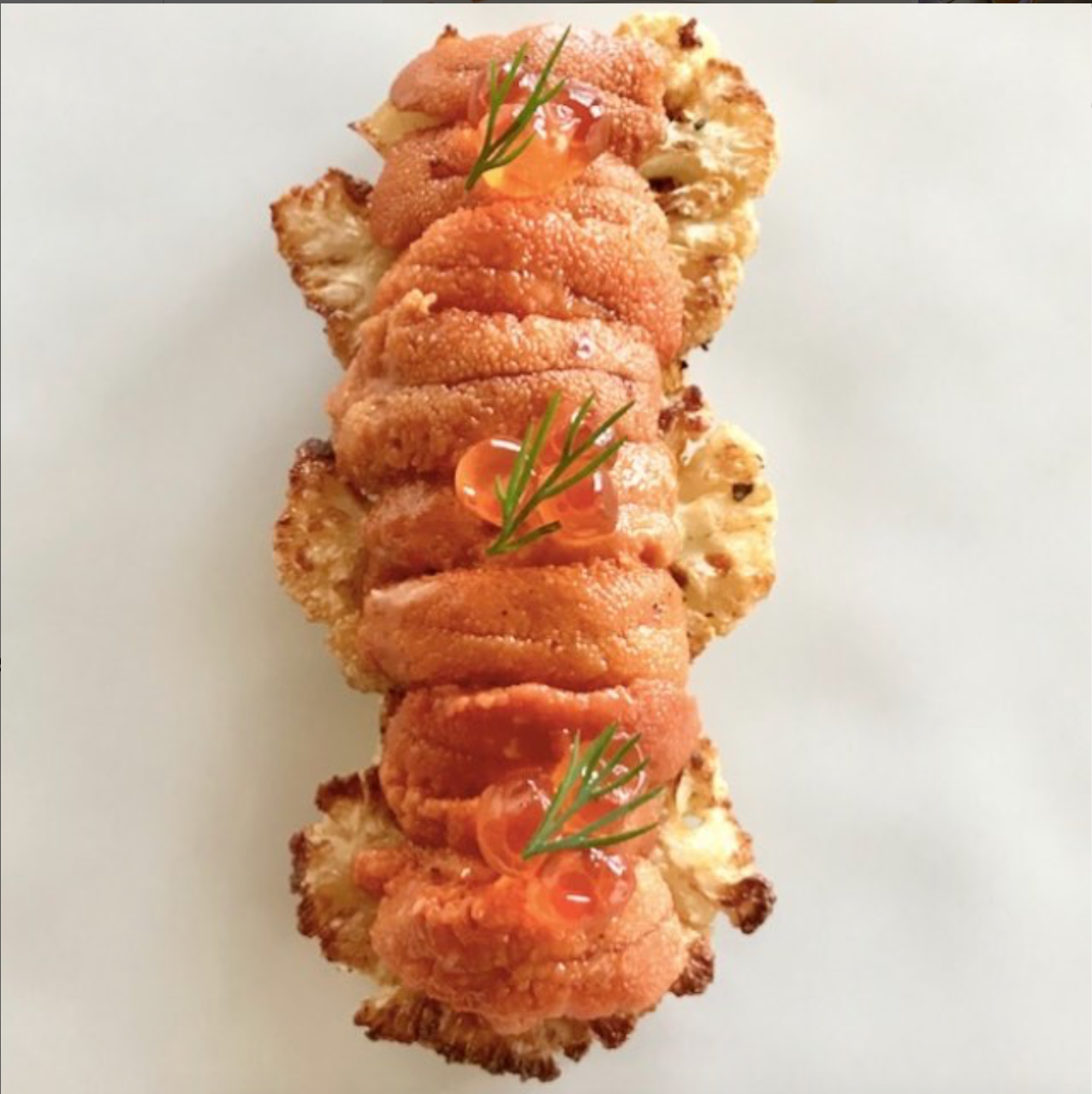
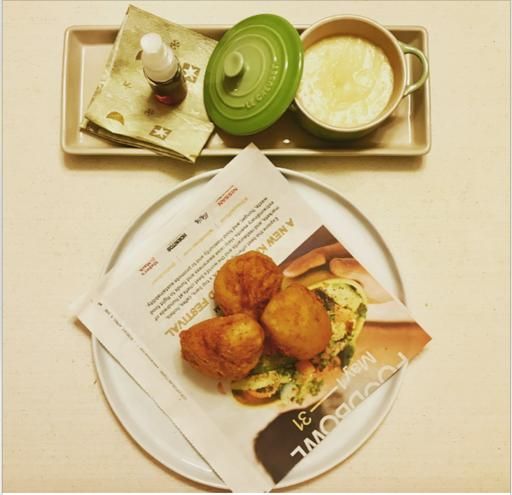
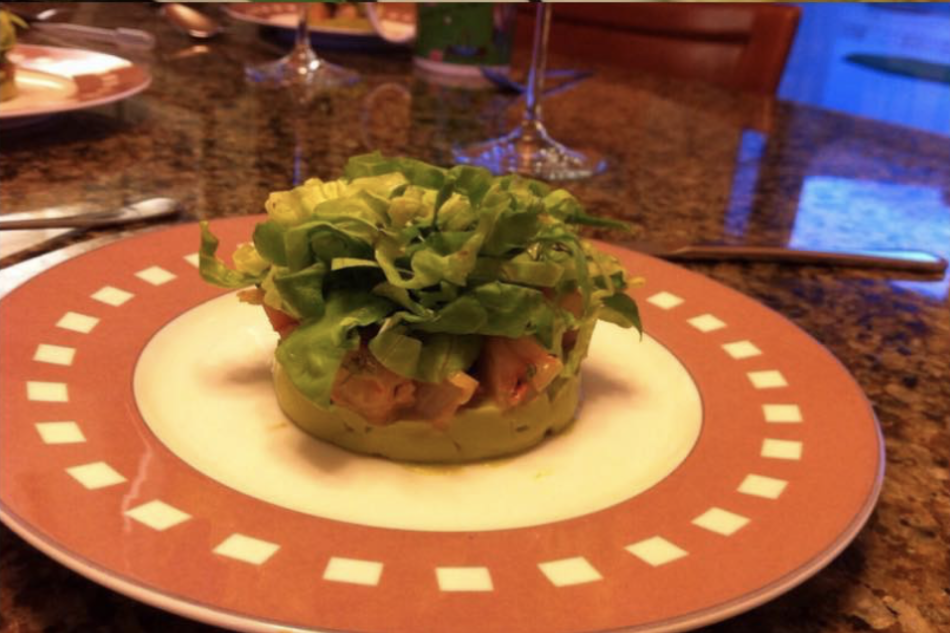
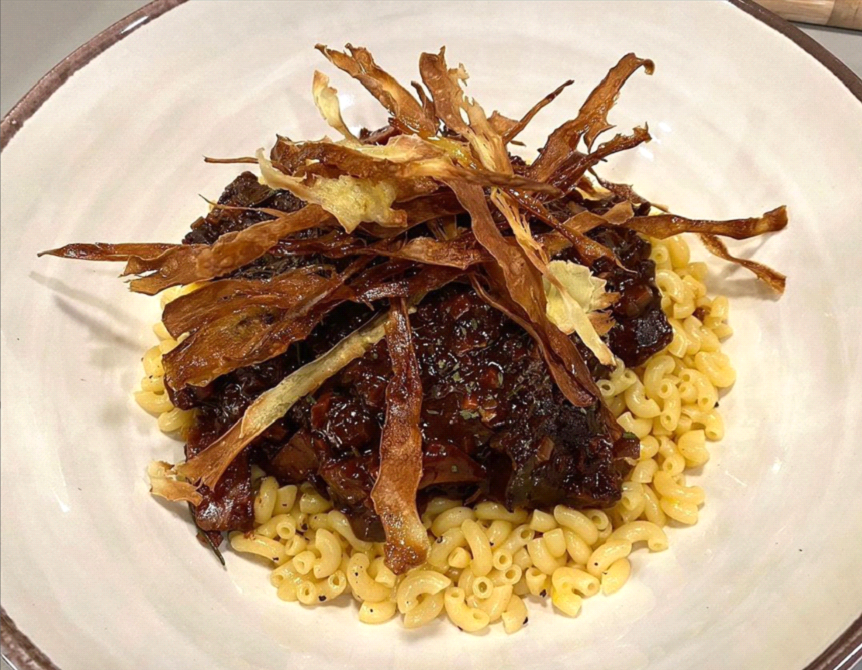
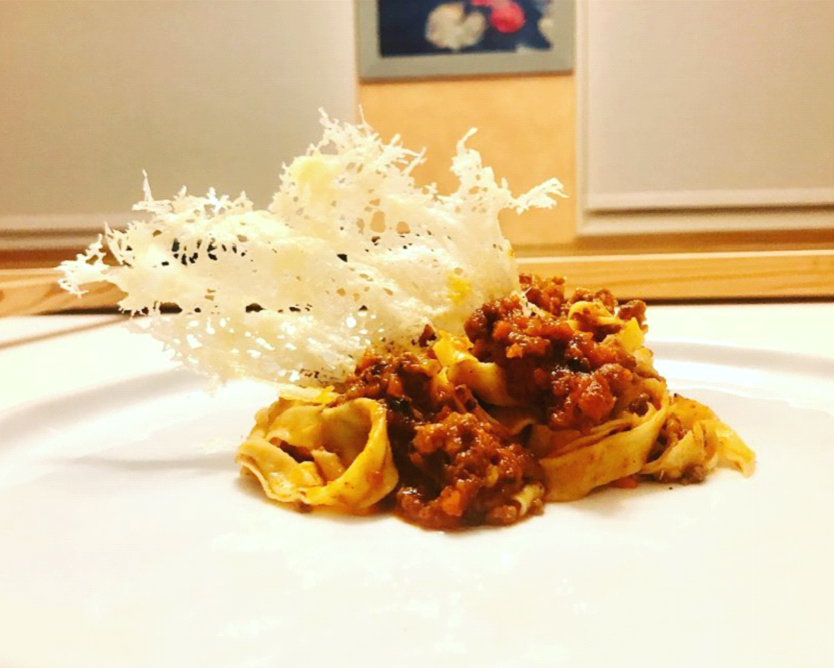
Hours & Address
MONDAY: CLOSED
TUESDAY: 8 AM - 5 PM
WEDNESDAY: 8 AM - 5 PM
THURSDAY: 8 AM - 5 PM
FRIDAY: 8 AM - 3 PM
Navigation Links
All Rights Reserved | DR. CHAN DENTISTRY | SITE MAP | PRIVACY POLICY | TERMS & CONDITIONS


